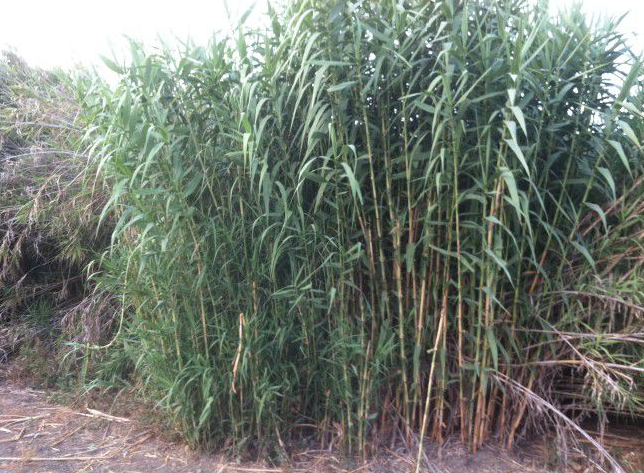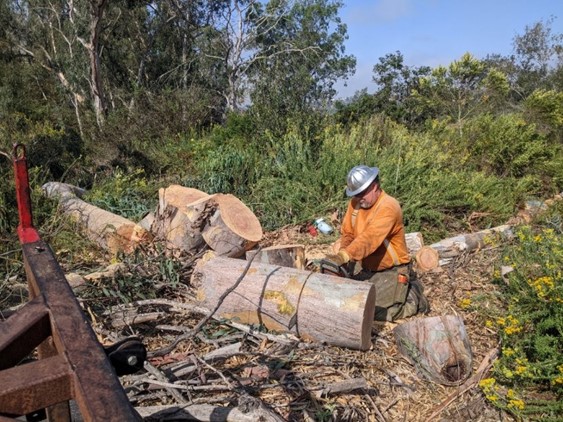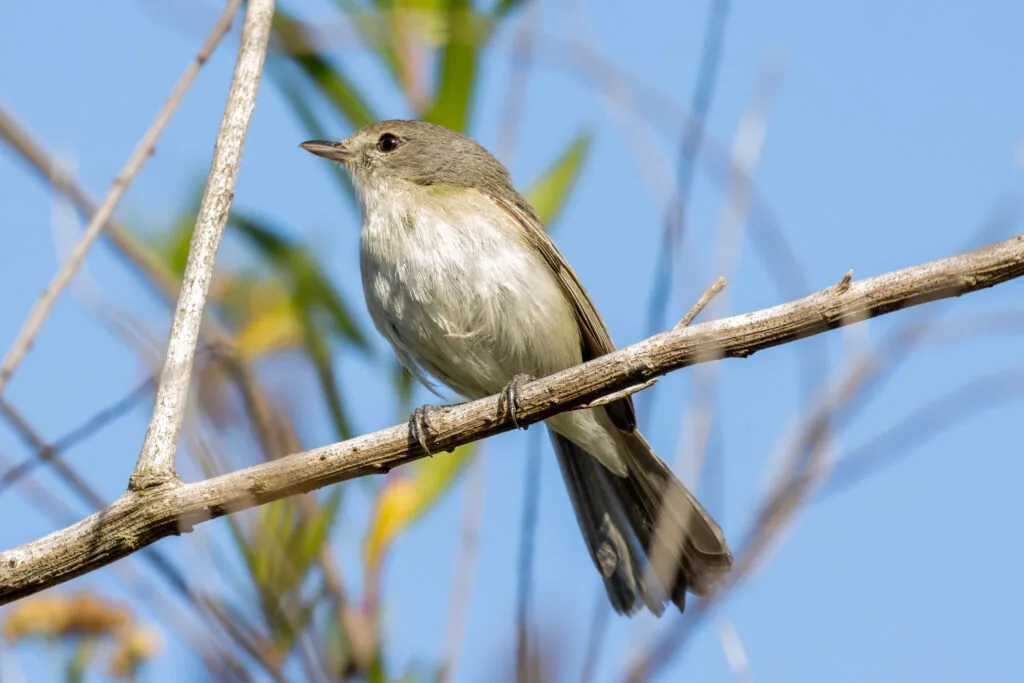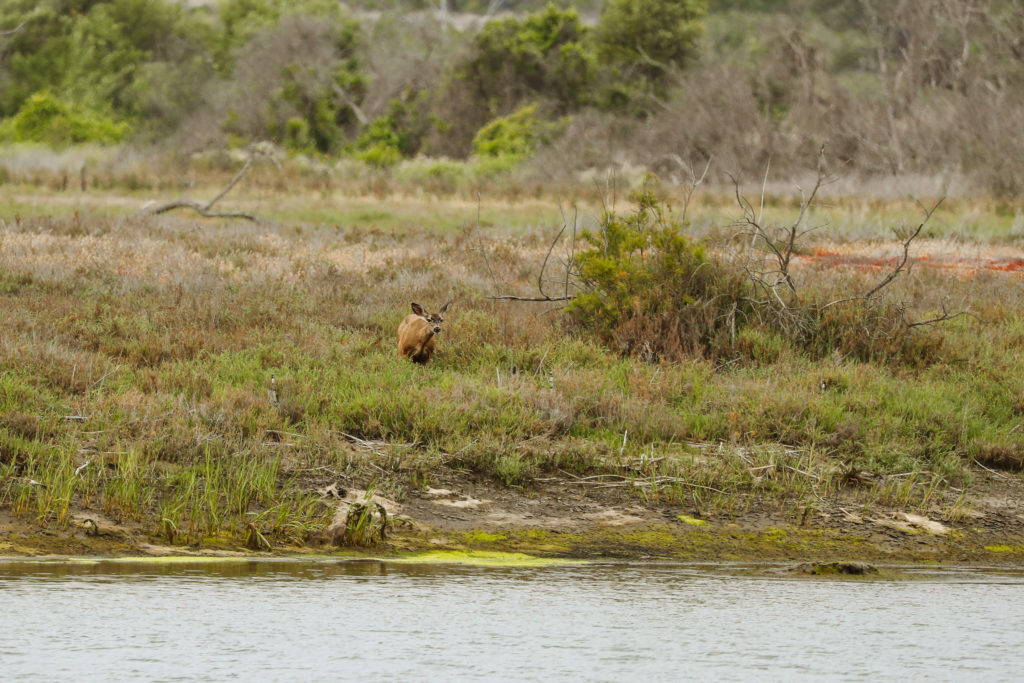San Elijo Lagoon Inlet Facing Possible Closure
Follow ( 0 Followers ) X Follow E-mail : * Follow Unfollow

As the bird nesting season ends, Nature Collective’s Escondido Creek Habitat Restoration project resumes for its fourth year.
We have made significant progress, removing 963 eucalyptus trees and 948,672 pounds of tree biomass from areas within the Escondido Creek Watershed, including the Val Sereno Preserve and San Elijo Lagoon Ecological Reserve.

Above: Eucalyptus trees felled, cut, and hauled from a project site.
This fall and winter season, our focus shifts from eucalyptus and canary palms to removing invasive plants, including giant reed (Arundo donax), castor bean (Ricinus communis), and fennel (Foeniculum vulgare), from the Escondido Creek watershed. These plants threaten our critical riparian ecosystems by outcompeting native species, such as willows. These invasive plants reduce habitat nesting and foraging value, alter streamflow, and consume more water than native plants.
 Above: Invasive giant reed
Above: Invasive giant reed
 Above: Circle indicates one Val Sereno Preserve project site
Above: Circle indicates one Val Sereno Preserve project site
One of our primary goals is to significantly enhance the ecological functions of the habitat along Escondido Creek. To attain this goal, we are removing invasive, non-native trees, and invasive understory plants.
These actions will transform the understory, a layer of vegetation beneath the forest’s main canopy, into a rich and diverse mix of native plants and shrubs.
Once established, the riparian trees will also create a beautiful canopy that will welcome more resident and migratory birds, including the federally endangered Least Bell’s Vireo, a small songbird that thrives in riparian areas.
 Above: Least Bell’s Vireo
Above: Least Bell’s Vireo
Concentrating our restoration efforts along Escondido Creek also enhances wildlife connectivity for mammals such as the Southern mule deer.
 Above: Southern mule deer
Above: Southern mule deer
Habitat restoration in the wildland-urban interface is a complex issue. Although our project goals do not specifically focus on fire mitigation, several resources, including CAL FIRE and the University of California, Division of Agriculture and Natural Resources, emphasize the importance of invasive plant management and habitat restoration in reducing wildfire risk.
Here’s why:
Fuel Reduction: Healthy ecosystems often have a natural balance of vegetation, including grasses, shrubs, and trees. This balance helps prevent the accumulation of excessive fuel loads, such as deadwood and dry underbrush, that can fuel intense wildfires.
Improved Soil Health: Restoring lands with native plants can improve soil health. Healthy soil absorbs moisture more effectively, reducing the risk of drought conditions that can contribute to wildfires.
Biodiversity: Diverse ecosystems support a wider range of plant and animal species. This biodiversity can help control pests and diseases that weaken plants and make them more susceptible to fire.
Natural Firebreaks: Certain plant species, such as fire-resistant grasses and shrubs, can act as natural firebreaks. These plants can slow the spread of wildfires and protect valuable ecosystems.
This work is made possible by donations, including two large-scale grants awarded by the Wildlife Conservation Board. Additional support has also come from the Rancho Santa Fe Foundation and donors like you. Our current available funding accounts for only a small portion of the total funds required for the extensive restoration and invasive plant management efforts needed at Val Sereno Preserve and other areas along Escondido Creek.
Donate today to see more work like this continue.
Follow ( 0 Followers ) X Follow E-mail : * Follow Unfollow
Follow ( 0 Followers ) X Follow E-mail : * Follow Unfollow